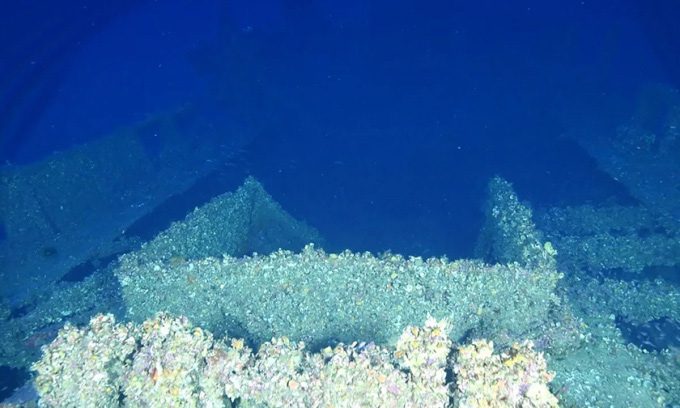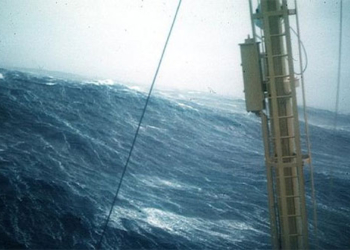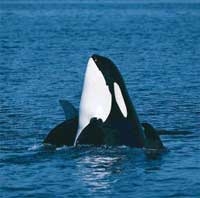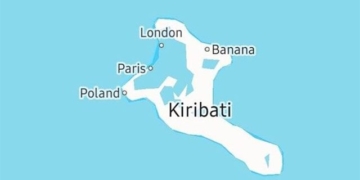Using a multi-beam sonar positioning system and underwater robots, a team of UNESCO scientists has created a map of the seafloor in the Skerki Bank area, a coral reef connecting the eastern and western Mediterranean. Last week, they announced the discovery of three shipwrecks from the 1st century BC, the 2nd century, and the 19th or 20th century, as reported by BBC on June 12.

One of the three shipwrecks in Skerki Bank, Tunisia. (Photo: UNESCO/Drassm).
Humans have been active in the Skerki Bank for thousands of years, and hundreds of ships have sunk during this time. UNESCO also estimates that many more shipwrecks remain undiscovered, hidden beneath the waves of the world’s oceans.
The oldest ancient boat, made of wood and dating back over 10,000 years, was discovered by chance during highway construction in the Netherlands. However, it is likely that boats were created much earlier, as humans reached across vast bodies of water. Scientists believe that around 50,000 years ago, a group of hunter-gatherers from Southeast Asia traveled across a chain of islands stretching hundreds of kilometers, as shortly thereafter, the first Aboriginal Australians appeared at Lake Mungo in New South Wales.
Wherever there are sea crossings, there will be shipwrecks. Today, the world’s oceans are filled with debris from commercial ships, warships, and exploratory vessels over thousands of years. Among them are pirate ships laden with silver, cargo vessels along the Silk Road at sea, luxurious royal ships that disappeared with future kings, ancient fishing vessels, submarines, modern destroyers, 19th-century whaling ships, and even massive passenger ships like the Titanic.
Like a time capsule, they draw great interest from archaeologists and provide museums around the world with a wealth of valuable artifacts, such as the mysterious astronomical clock from Antikythera, which some experts consider the oldest computer.
There are numerous databases of shipwrecks worldwide, with each database estimating slightly different numbers of discovered wrecks. The list on the Wrecksite website records 209,640 sunken vessels, of which 179,110 have been located. The Global Maritime Wreck Database (GMWD) contains records of over 250,000 shipwrecks, many of which remain undiscovered.
According to one estimate, around 15,000 ships sank during World War II alone. Many warships and tankers are scattered from the Pacific to the Atlantic, gradually decomposing and leaking oil, chemicals, and heavy metals into the surrounding waters.
Experts believe that the recorded shipwrecks represent only a small fraction of the actual number. According to an analysis by UNESCO, there are over 3 million vessels resting beneath the world’s oceans yet to be discovered.
Shipwrecks are not evenly distributed. There are several “hotspots” – maritime graveyards along common or treacherous routes. Skerki Bank is one such graveyard, along with the Fourni archipelago, also in the Mediterranean. To date, 58 vessels have been found here, including 23 within just 22 days in 2015.
Previously, many shipwrecks were discovered in relatively shallow waters, often by chance, when fishermen, scientists, or treasure hunters explored the surrounding seas. However, now, with sophisticated submersibles, modern cameras, and new acoustic positioning technology, searching for wrecks lying deep on the ocean floor has become much easier. They are gradually revealing more intriguing information about human life in the past.





















































